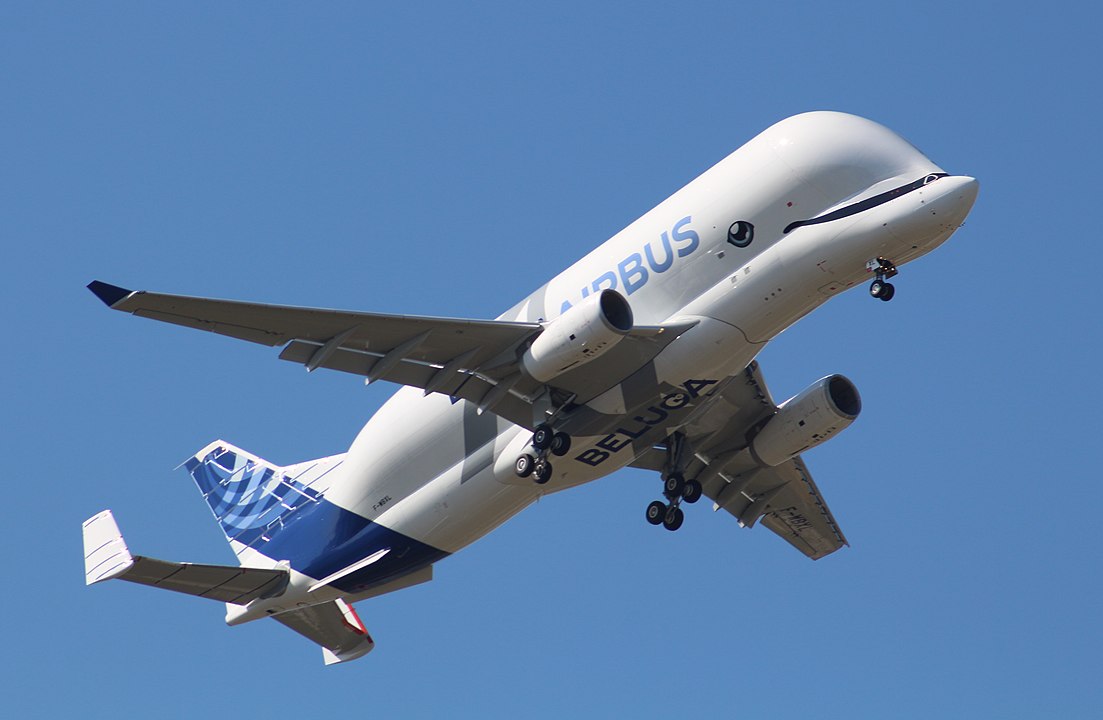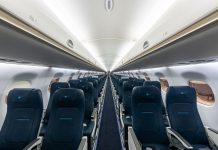Anyone who has followed our blog for a while probably knows that we have a dedicated column for more technical topics, but here on #DYK (‘Did You Know?’), we like to keep things lighter…
We’ve put together a list of things you didn’t know about aeroplanes, with curious questions and simple answers, a hint of history and a few curious facts.
Here are five things you didn’t know about aeroplanes:
- Which are the strangest aeroplanes of all?
 Some say that the strangest aeroplane is the Beluga XL, the evolution of the Airbus A300-600ST Super Transporter, with its very unusual shape, like that of a whale.
Some say that the strangest aeroplane is the Beluga XL, the evolution of the Airbus A300-600ST Super Transporter, with its very unusual shape, like that of a whale.
With whales on the brain, you can’t help but think of Pinocchio when you see the long ‘nose’ of the Boeing 720 C-FETB. Produced between 1959 and 1967, the C-FETB flew for the last time in 2012 across Canada from Saint-Hubert (Quebec) to CFB Trenton (Ontario). The Lockheed XFV is also worth a mention for its quirkiness and its tail-sitter configuration (it can take-off and land vertically on its tail like a space shuttle!), although it never passed the tests to actually fly…
- Why do the outward and return journeys on the same route take different amounts of time?
An airliner takes approximately 9 hours to fly from Rome to New York, while the return from New York to Rome takes just under 8 hours. The reason behind this is the Earth’s rotation, even if only indirectly. Since an aeroplane flies into the Earth’s atmosphere, it rotates with it, and its speed isn’t altered. This rotation, however, starts the Coriolis effect, which generates jet streams caused by the difference in the Earth’s speed of rotation at the Equator compared to the Poles, the different level of warming of the Earth and the different atmospheric pressures at different points in our atmosphere. This causes the prevailing winds to blow from west to east. The jet streams therefore make the return journey to Rome take less time!
- Why are there two pilots on an aeroplane?
If you were to do a long trip by car, wouldn’t you prefer to have a friend by your side so that you could switch who was driving? In aviation, we talk about the principle of redundancy, which dictates that there should be two of everything because safety comes first. Compared to the past, the distinction between the pilot and the co-pilot is not as well-defined today. The two people actually have the exact same flying skills. The main difference is that the pilot has the responsibility and is in charge of making the final decisions. The two pilots have separate and specific roles during flight: “pilot flying” and “pilot monitoring”. They alternate these roles from one flight to the next.
- What is the little black triangle found on aeroplane windows?
You might have noticed it, or maybe you haven’t. There’s a black triangle-shaped sticker on some aeroplane windows. It indicates to the crew the optimum position from which to examine the wing and its surface when looking from inside the cabin. This practice is fundamental to check if everything is in order and that there isn’t any ice, for example.
- What happens if the aeroplane gets struck by lightning?
It might seem scary, but this is something that happens regularly. Aeroplanes are, in fact, made of metal (if you wish to delve into this in more detail, you can read this article!), a conductor par excellence. John Hansman, physicist and Professor of Aeronautics & Astronautics at the Massachusetts Institute of Technology, says ‘Standard commercial airplanes are designed to take lightning strikes’.
Are there any other things you don’t know about aeroplanes that you’d like to know? Write a comment on our Facebook page and we’ll try to scratch your curiosity itch as soon as possible.




